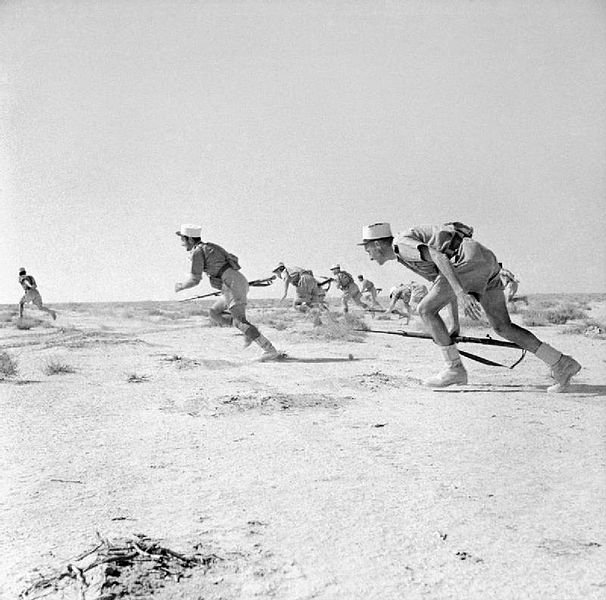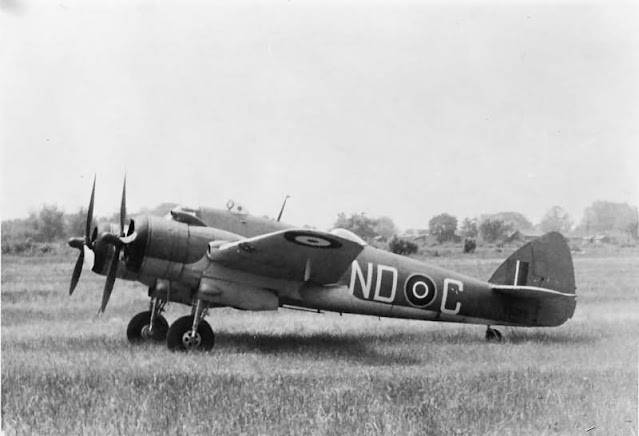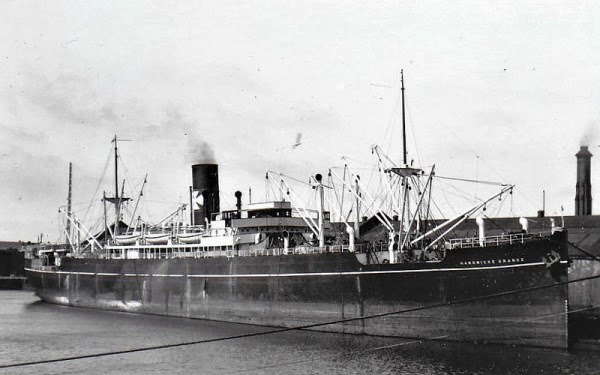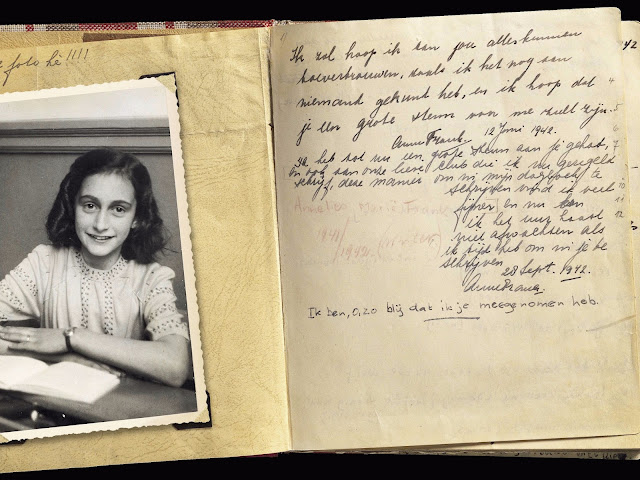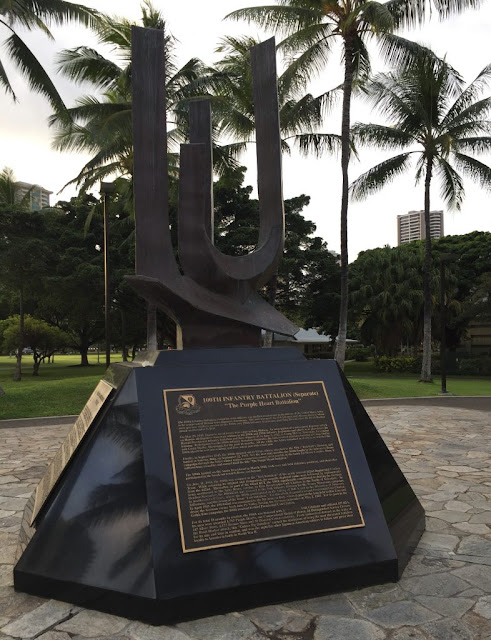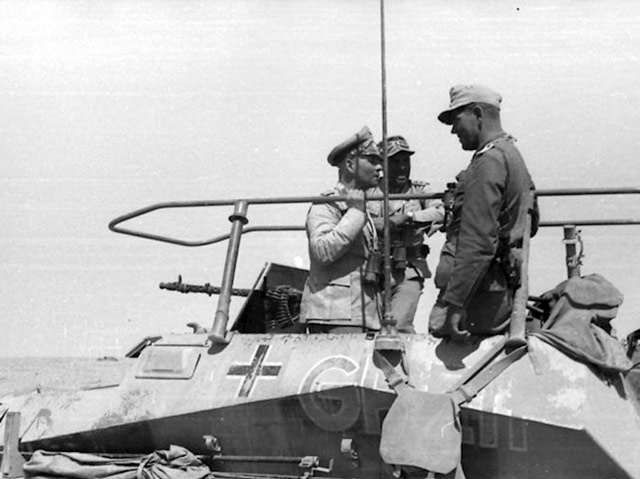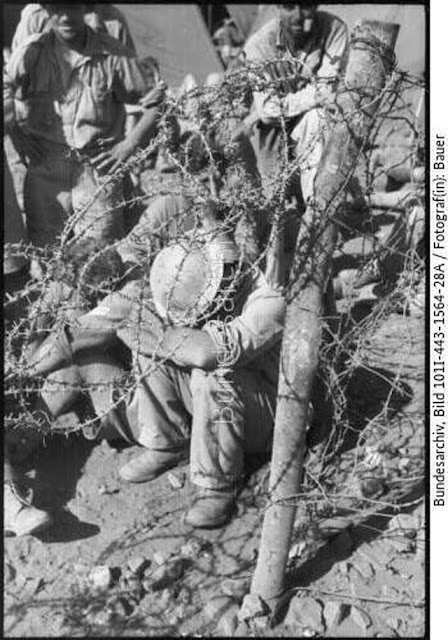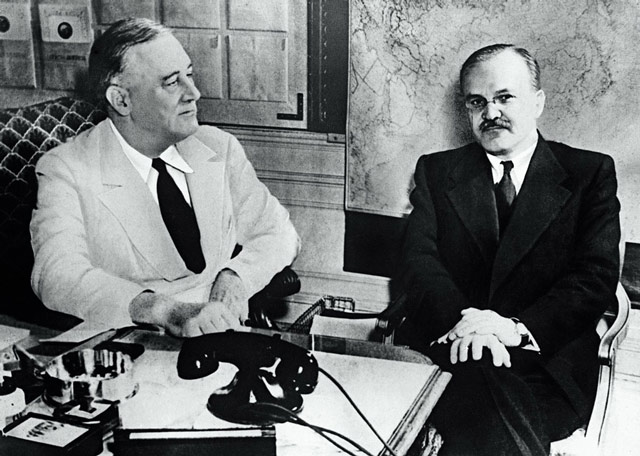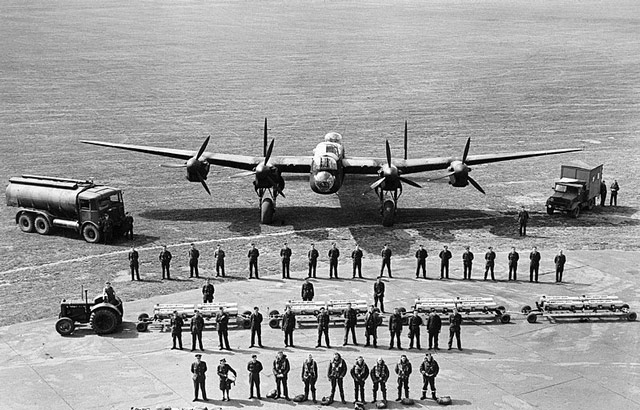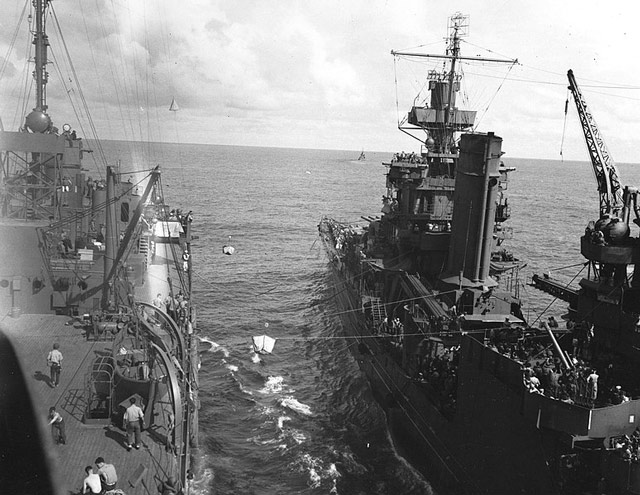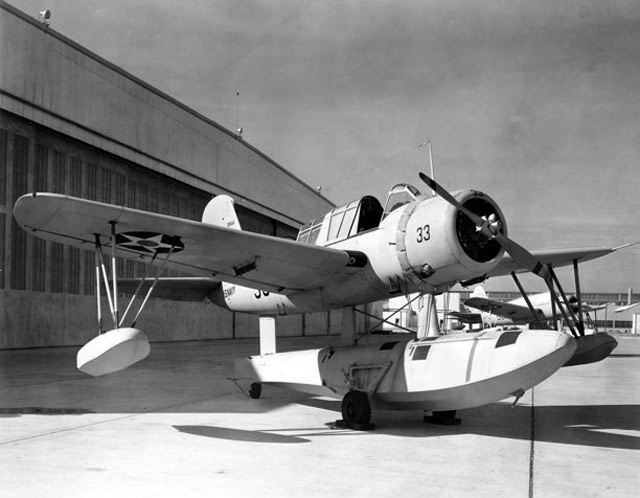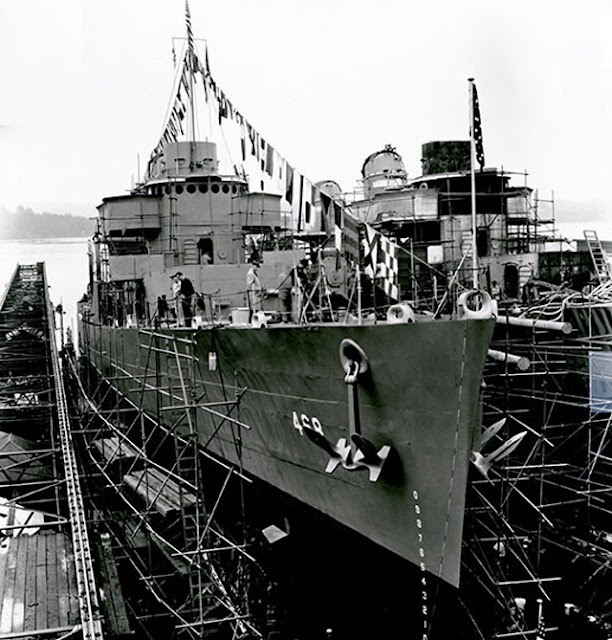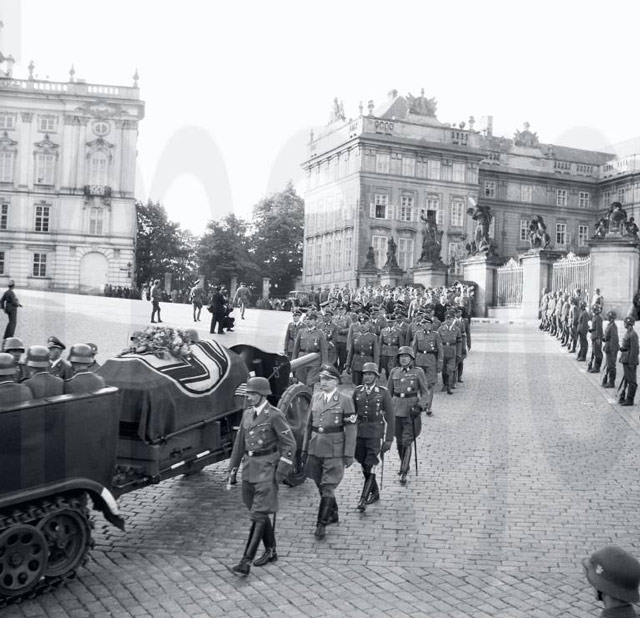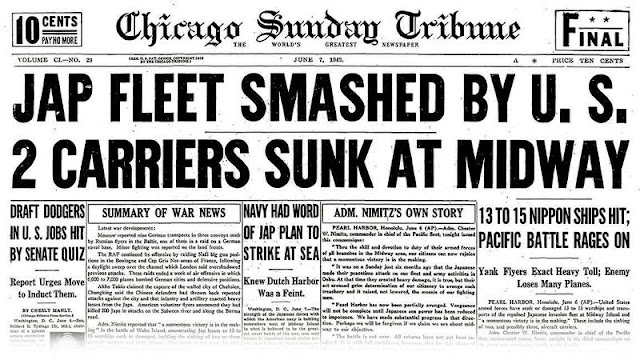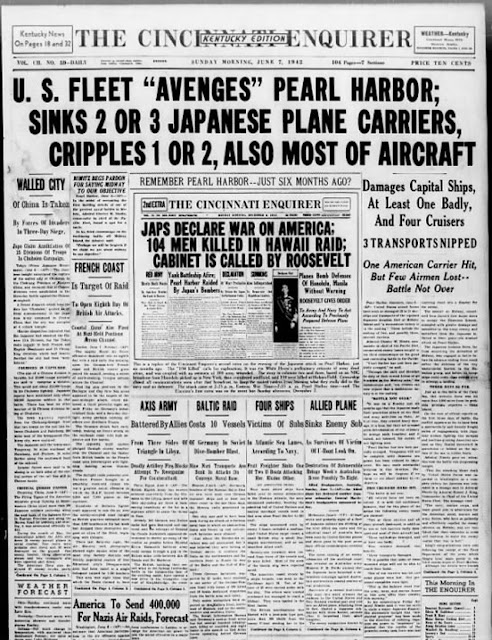Wednesday 17 June 1942
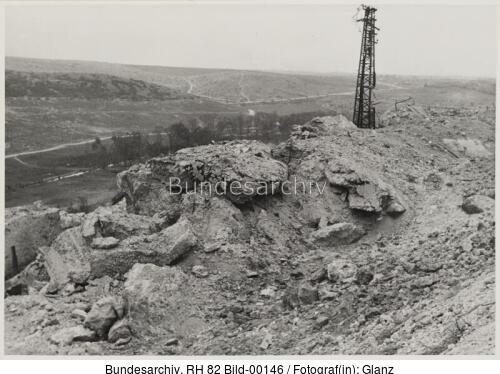 |
| Maxim Gorki fort after the German capture, 17 June 1942 (Glanz, Federal Archive RH 82 Bild-00146). |
Battle of the Mediterranean: The North African campaign breaks wide open on 17 June 1942 as British attempts at forming a new defensive line east of Tobruk fail. The British 8th Army continues to lose its grip on the approaches to Tobruk. Before dawn, it evacuates the defensive box at El Adem, and later in the day at Sidi Rezegh. A counterattack by the British 4th Armored Brigade at Sidi Rezegh loses 30% of its tanks.
Afrika Korps commander General Erwin Rommel leads the 21st Panzer Division personally in his command car. They take RAF Gambut by 22:00, capturing 15 flyable aircraft and fuel supplies. The panzers reach the coastal road south to Bardia at 23:30, effectively encircling Tobruk and cutting its defenders off from Egypt except by naval resupply.
June 17, 1942, is usually considered the start of the second siege of Tobruk (the first being a successful British/ Australian defense from 10 April - 17 December 1941). This is a disaster that stuns Winston Churchill and makes him look around for yet another military commander in North Africa.
The situation is chaotic for the British, and General Ritchie orders the complete abandonment of Libya by any British forces that can escape. They are to head for Mersa Matruh, Egypt - if they can make it there ahead of General Rommel's panzers (a garrison of 30,000 is left in Tobruk). This becomes known sarcastically within the 8th Army as the "Mersa Matruh Stakes" (after horseracing Stakes races) and the "Gazala Gallop." Mersa Matruh is a full 100 miles/ 160 km to the east and the Afrika Korps appears to be unstoppable, so the need for speed is evident.
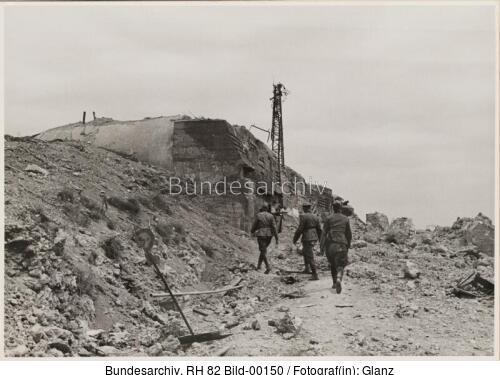 |
| Germans enter shattered Fort Maxim Gorki, 17 June 1942 (Glanz, Federal Archive RH 82 Bild-00150). |
Luftwaffe General Wolfram von Richthofen, already ordered to report to a new assignment but still in the theater until the 23rd, writes:
During the night, the 54th Army Corps positioned itself, then overran the Red front lines and took the majority of the forts north of Severnaya Bay. We [the Luftwaffe] pin down the artillery east of Sevastopol and at the front and destroy much. We [hit] the forts again and again.
Richthofen is not exaggerating - the Luftwaffe has flown a total of 3899 sorties and dropped 3086 tons of bombs since 13 June. Later in the day, he adds in typical WWII German Nietzschean rhetoric that "our giant fire-magic fell on Battery Headland. The infantry were very enthusiastic!"
Around this date - the German and Soviet versions differ on several key points, including the dates - Soviet General Belov, who is leading a large mixed force of Soviet troops and partisans, escapes a huge German dragnet for him. He escapes with some of his men (again, how many is unclear) across the Rollbahn (main road) that the Germans control about ten miles east of Roslavl. Reflecting an enduring and somewhat bizarre German fascination with some adversaries, General Franz Halder writes in his war diary:
Cavalry Corps Belov is now floating around the area west of Kirov. Quite a man, that we have to send no less than seven divisions after him.
Halder does not mention that Belov has accomplished little beyond making the Germans ignore other important things to focus on him as he hides out in the woods and swamps near Bryansk.
The remaining Soviet pocket in the north near Velizh also receives attention in Halder's notes for the day:
In [the] North, we have neither positive nor negative evidence on the enemy's intention of giving up the Velizh pocket. In any event, [Army Group] North has freed the larger part of Eight Armored Divisions for a southward drive through Demyansk. On the Volkhov, attacks were again repelled and the sack further compressed.
Unknown to Halder, who has been paying little attention to this sector (which probably reflects the same about Hitler), the Volkhov pocket contains a very big prize: Soviet General Andrey Vlasov, the leader of Second Shock Army. His forces penetrated deep into the German lines during the latter stages of the winter counteroffensive, but now they are trapped. Unlike Belov, he has little hope of escape on the ground, and he refuses to abandon his men and fly out. Unknown to anyone but himself, Vlasov also is an anti-Bolshevist who believes that Stalin is an enemy of the people. Or, perhaps he is just the ultimate opportunist. In any event, with no way to fight out of the trap his army is in and little hope of rehabilitating his career following this complete defeat, Vlasov soon must make important and far-reaching decisions about his allegiance.
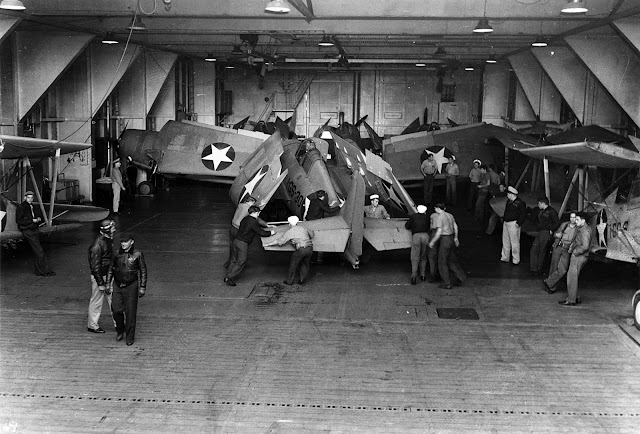 |
| A Grumman F4F-4 Wildcat on the hangar deck of escort carrier USS Long Island (AVG-1), 17 June 1942. Also visible are other Wildcats and a Curtiss SOC-3A Seagull (Naval History & Heritage Command 80-G-14524). |
Battle of the Pacific: The USAAF 11th Air Force plans a bombing run on the Japanese positions on Kiska Harbor, but it is scrubbed due to bad weather. Other patrol missions also are canceled.
US Navy aircraft carrier USS Saratoga flies off P-40s of the 73rd Fighter Squadron, 18th Fighter Group to Midway Island. These replace planes lost during the Battle of Midway. The P-40s immediately commence dawn to dusk patrols that last until 23 June 1943.
European Air Operations: The Bay of Biscay is of vital importance to the Axis as the route of U-boats to the open ocean, so it maintains constant patrols. British destroyer HMS Wild Swan, sailing through a pack of Spanish trawlers after refueling as a convoy escort (not of the trawlers, the convoy is over the horizon), is spotted and attacked by a dozen Luftwaffe Junkers Ju 88 bombers. At the cost of six of their own planes, the bombers score four near-misses that destroy Wild Swan's steering control. It collides with one of the trawlers, and both ships sink. The bombers also sink three other trawlers. There are 31 dead due to exposure after the sinking, with 133 survivors and 11 additional survivors from the trawler Wild Swan had collided with (some sources say there are 158 total survivors, perhaps including some from the other sunk trawlers, all picked up in any event by HMS Vansittart). Wild Swan commander Claude Sclater receives the DSO for the gallant action despite losing his ship.
Battle of the Atlantic: U-129 torpedoes and sinks 3274-ton U.S. freighter Millinocket north of La Isabela, Cuba. There are 11 dead and 24 survivors, who are picked up by Cuban fishing boats.
U-158 torpedoes 1560-ton Norwegian tanker Moira southeast of Port Isabel, Texas. There are one dead and 18 survivors, who are rescued by U.S. fishing boats.
U-158 gets a second victim, 3601-ton Panamanian freighter San Blas, east of Matamoros, Mexico/McAllen, Texas. There are 30 deaths and 14 survivors, who are picked up by a U.S. Navy Consolidated PBY Catalina.
Axis mines laid in the Chesapeake Bay by U-701 (Kptlt. Horst Degen) early on 13 June 1942 claim another victim, 7177-ton U.S. collier Santore. The ship capsizes and sinks in less than two minutes. The burning ship can be seen from shore. There are three deaths and 43 survivors, who are rescued by the U.S. Coast Guard. The wreck is raised and scrapped in 1954. This mining of Chesapeake Bay claims five ships (only 15 mines were laid) and is considered the most successful mining operation in American waters during World War II.
Spy Stuff: Either later on 16 June or early on 17 June, U-202 lands four German agents at Ponte Vedra Beach, Florida. They follow four other German spies who landed on Long Island on 12/13 June as part of Operation Pastorius. The New York group (or at least their leader) already is planning to defect to the FBI. Unlike the other group, the Florida spies do not wear their uniforms ashore, only bathing suits and their military caps. They promptly put on civilian attire and board trains to Chicago, Illinois, and Cincinnati, Ohio.
 |
| Actress Joyce Randolph on the premiere cover of "Yank" magazine, 17 June 1942. Randolph, 97 as of the time of writing, becomes famous as Trixie Norton on "The Honeymooners." |
US Military: Flight Captain Jackie Cochran, RAF Air Transport Auxiliary, who will go on to form the Women Airforce Service Pilots (WASPs), begins a mission that will see her become the first woman to ferry a bomber across the Atlantic. She leaves Montreal to pick up her plane at Gander, Newfoundland and will arrive in the British Isles on 19 June aboard her twin-engine Lockheed Model 414 Hudson Mk.V.
Today is the first issue of "Yank, the Army Weekly." It is written by enlisted rank soldiers. Never available for public purchase, "Yank" eventually reaches a circulation of over 2.5 million in 41 countries. It lasts until the last day of 1945. Popular cartoons include "G.I. Joe," "Sad Sack," and work by Bil Keane of Family Circus. The 1st Armored Division at Fort Bliss revives the magazine in 2014.
President Roosevelt signs a bill raising the minimum service pay to $50 per month.
Japanese Homefront: Japanese Prime Minister Hideki Tojo survives an assassination attempt by 31-year-old Park Soowon of Korea. Tojo is hit in the left arm near the old war ministry building in Tokyo. Soowon is immediately dispatched in a hail of bullets.
Radio Tokyo today finally acknowledges the Doolittle Raid of mid-April, calling it a “stunt raid of very little consequence.” While this, in actuality, is quite true, it was a great morale boost for the Allied side. The propaganda newscaster goes to great lengths to point out that only 11 crewmen escaped to Cairo and the remaining 61 were being hunted down or were dead already (a great exaggeration). The Americans are warned that further "pointless stunts" will result in harsh reprisals and "100% loss" of the enemy fliers.
American Homefront: President Roosevelt orders the Army to oversee the construction of an atomic weapons complex. This will be done by the US Army Corps of Engineers. This is the first step in the building of the Oak Ridge, Tennessee nuclear facility, Hanford, Washington, reactor, and the weapons lab at Los Alamos, New Mexico as part of the Manhattan Project.
 |
| A Green Bay Packers newsletter dated 17 June 1942. Reflecting the times, it contains a "Packers Honor Roll" of players now serving in the armed forces. |


